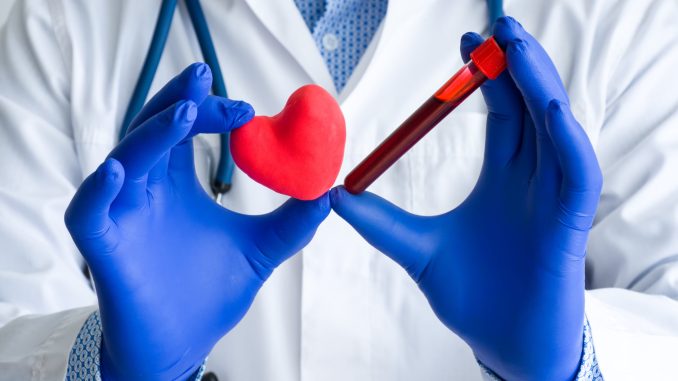
Cholesterol is a waxy, fat-like substance that plays a crucial role in building cell membranes and producing hormones. However, having high levels of cholesterol in your blood can increase your risk of heart disease and other health problems. The tricky thing about high cholesterol is that it often doesn’t cause noticeable symptoms until it leads to a serious issue. In this article, we will explore ten early warning signs of high cholesterol levels that should not be ignored.
1. Xanthomas:
Xanthomas are fatty deposits that build up under the skin, typically around the eyes, elbows, knees, or hands. These yellowish or orange growths are a visible sign of high cholesterol levels and should prompt a visit to a healthcare professional.
2. Cholesterol Deposits on Eyelids:
Known as xanthelasma, these are yellowish cholesterol deposits that can appear on the upper or lower eyelids. While not always a sign of high cholesterol, they can indicate a potential problem and should be evaluated.
3. Chest Pain or Angina:
High cholesterol can lead to the formation of plaque in the arteries, restricting blood flow to the heart. This can cause chest pain or angina, especially during physical activity or stress.
4. Leg Cramps and Pain:
Peripheral artery disease (PAD) can develop when cholesterol-laden plaque narrows the arteries in the legs. Symptoms may include leg cramps, pain, numbness, or weakness, particularly during exercise.
5. Yellow Bumps on Skin:
Tiny yellowish spots called eruptive xanthomas can appear on the skin, often on the buttocks and thighs. These may be accompanied by itching and indicate elevated cholesterol levels.
6. Gallstones:
High cholesterol can contribute to the formation of gallstones, which can cause severe abdominal pain, particularly after eating fatty meals.
7. High Blood Pressure:
Cholesterol plaque buildup can stiffen and narrow the arteries, leading to high blood pressure (hypertension). Hypertension is a risk factor for heart disease and stroke.
8. Family History:
A strong family history of high cholesterol and heart disease can increase your own risk. If close relatives have experienced these conditions, it’s important to monitor your cholesterol levels regularly.
9. Fatigue:
High cholesterol can reduce blood flow to various parts of the body, leading to fatigue and decreased energy levels.
10. Cognitive Impairment:
There is some evidence to suggest that high cholesterol may play a role in cognitive decline and an increased risk of conditions like Alzheimer’s disease.
Risk Factors for High Cholesterol:
Several factors can contribute to high cholesterol levels, including:
- Diet high in saturated and trans fats
- Lack of physical activity
- Obesity
- Smoking
- Diabetes
- Genetics and family history
- Age (cholesterol levels tend to rise with age)
- Certain medications
Prevention and Management:
Managing high cholesterol typically involves lifestyle changes and, in some cases, medication. Here are some strategies to lower cholesterol levels and reduce your risk of heart disease:
- Healthy Diet: Focus on a diet rich in fruits, vegetables, whole grains, and lean proteins. Limit saturated and trans fats, as well as dietary cholesterol.
- Regular Exercise: Engage in regular physical activity to help raise HDL (good) cholesterol and lower LDL (bad) cholesterol.
- Weight Management: Achieving and maintaining a healthy weight can help improve cholesterol levels.
- Quit Smoking: Smoking can lower HDL cholesterol and damage blood vessels. Quitting smoking is essential for heart health.
- Medication: In some cases, healthcare professionals may prescribe cholesterol-lowering medications, such as statins, to manage high cholesterol.
Conclusion:
High cholesterol is a silent but significant risk factor for heart disease. Monitoring your cholesterol levels regularly, recognizing early warning signs, and adopting a heart-healthy lifestyle can help you manage your cholesterol and reduce your risk of serious health problems. If you experience any of the warning signs mentioned in this article, consult a healthcare professional for proper evaluation and guidance.
Share this:
- Click to share on Facebook (Opens in new window)
- Click to share on Twitter (Opens in new window)
- Click to share on WhatsApp (Opens in new window)
- Click to share on Reddit (Opens in new window)
- Click to share on Telegram (Opens in new window)
- Click to share on Pinterest (Opens in new window)
- Click to share on LinkedIn (Opens in new window)